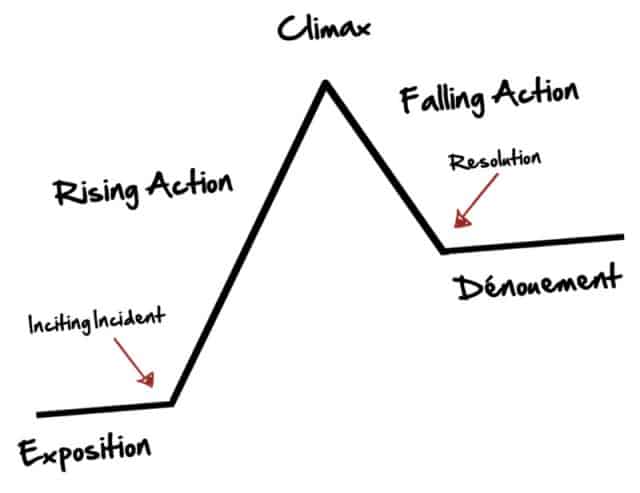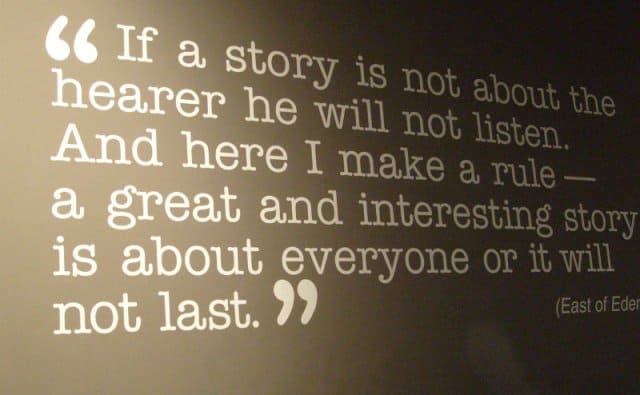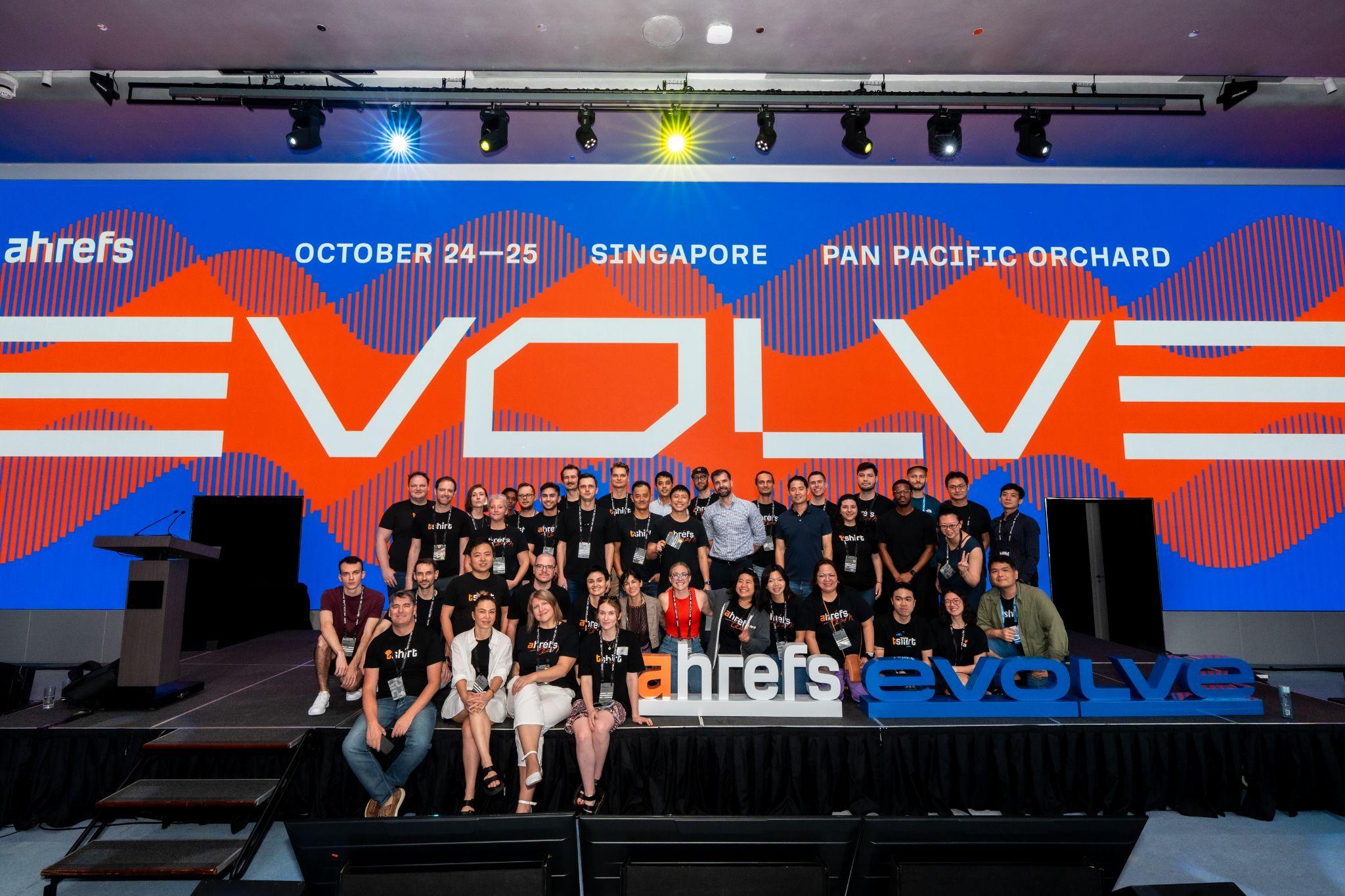Humans are programmed to find a story in everything we see. Every picture, word or sentence, no matter how simplistic, is imbued with deeper meaning. This hardwiring helps our brain understand, contextualize and retain details about the world around us.
For that reason alone, it is only logical that good stories can also function as potent strategic business tools — ways and means to communicate marketing ideas, change perceptions, forge emotional connections, and alter behaviors.
But in recent years, the term “storytelling” has become overused and overprescribed by marketers. In reducing this powerful mechanism to an industry buzzword, it simultaneously became the de facto answer to nearly every challenge faced in digital advertising and an excuse to avoid responsibility for solving those problems.
At last year’s Advertising Week, I noticed the rampant jargonization of “storytelling” and started to jot down each instance of its use. By mid-morning on day one, my hand was sore, well before storytelling was called upon to fix ad blocking, low CTRs (click-through rates), ineffective branding, and viewability.
Great storytelling illuminates
Cave paintings in France 30,000+ years old depict men being chased by bulls; oral histories in Australia date back 10,000+ years; and the great Sumerian Epic of Gilgamesh is over 4,000 years old. We have always made sense of the world with story.
While our capacity to tell stories hasn’t changed, our capabilities to tell them have moved on from cave paintings to campfires to social media posts and beyond. All advertising should strive to tell a story, but without a sturdy foundation built upon a fundamental structure, storytelling quickly becomes another empty construct.
In a paper published in “The Journal of Marketing Theory and Practice” in 2014, marketing professors Keith Quesenberry and Michael Coolsen conducted a two-year analysis of 108 Super Bowl commercials. Their findings indicate that the structure and complexity of an ad’s storytelling were actually what inevitably predicted its success, independent of the ad’s content.
Furthermore, ads using Freytag’s Pyramid — a theory describing the typical five-part dramatic arc as it was employed in ancient Greek and Shakespearean drama — were the most popular.

So what is “storytelling” when you’re trying to sell a product instead of a play? The most important thing for us marketers to remember when we tell stories is that they take on many forms — they can be long episodic epics or six-word sentences; something that the viewer participates in or passively absorbs; they can be read, heard, or seen.
A story is simply a narrative structure that describes an event or sequence of events.
That being said, the difference between a bad story and a great one, or even a good story and a great one, is so vast it cannot be quantified. Great campaign stories are not only well-crafted, but also draw from these four key elements, which every marketer should strive to incorporate:
A beginning and an end. Any writer will tell you; the key to hooking a reader is to get them invested in the storyline as quickly as possible. Create a tension (or problem) and then, over the course of the narrative, give it resolution.
Most often in marketing, the problem is one that can be resolved by the product being sold (click here to purchase!). The “beginning” and “end” can be contained within a single element (e.g., a video) or can be stretched across the entire flight of the campaign.
Emotion. Initiating an emotional connection through sympathy, envy or intrigue not only pulls an audience into the story but creates emotional memories about your product far more powerful than facts or truths that are committed to memory. From there, moving them from one emotional state to another as the narrative unfolds only increases a powerful connection with your product and brand.
Authenticity. The story needs to speak a truth to the brand it is representing and the audience it’s speaking to. Not only because it will make the story more compelling, but because in the digital space, more than any other medium, people are wont to call “B.S.” on anything that rings false.
Relatability. Ensure that the story has a connection to the consumer — for example, through the problem being solved, the characters featured, or the time period that is highlighted.

The best way for marketers to use stories is to imbue their product with meaning and purpose through their telling. How that happens is up to the marketer.
Storytelling is not a magic wand
Storytelling is the most powerful tool in a marketer’s toolbox when wielded properly. But it is increasingly being called upon to fix problems that need different solutions, especially as the number of places your message needs to be grows exponentially, as do the formats available to employ.
It is not something that can (or should) fix a single KPI. Storytelling should be baked into the campaign as it is being created to stimulate a stronger connection with your brand. That stronger connection will then lead to better metrics such as branded recall, view-through rate, and conversions.
A video or banner ad with a compelling storyline, or ideally one that is part of a larger compelling storyline, will likely have better performance metrics than one that does not — a rising tide will float all boats.
But that’s not the point. It misses the broader scope and implications (the forest) by prescribing the tactic to fix a single problem (a tree).
It is not a quick fix. At its heart, all advertising seeks to create a connection with consumers that spurs an action. As the amount of advertising grows and diversifies, there is more work that needs to be done to sew the different elements together into a single narrative. This takes significant time, effort and forethought.
This part of the planning process is so crucial that an entirely new advertising field has been created to address it: Communications Planning. This function ensures that marketers are using the most impactful placements to communicate an idea, coordinating the elements of the campaign to create a narrative, and adapting the marketer’s information to different environments to make sense.
It is not something that can be applied retroactively. By the time storytelling is being prescribed as a solution, it’s often too late. Ensuring that the creative and media planning processes spur an articulate narrative and campaign rollout is paramount to your message and how it manifests in the world.
Now that we’ve established what a good marketing story is and isn’t, let’s delve into the best ways to tell those stories in digital media.
Six secrets to digital storytelling
1. From Sequential to Simultaneous Communications. Way back when, the path of communications from the brand to the audience was linear and direct, reflecting the analog nature of media.
This changed with the advent of digital media — where there’s a concurrent communication of story elements that come together to form one concept. In literature, we call this “disruptive narrative,” and its presence in digital media has big implications for how brands communicate with people.
2. From Owned to Shared Supply Chain. Brands no longer control the entire communications supply chain, or the sequence of processes that make up the creation, production and distribution of communications to consumers.
Digital advertising allows for a level of interaction among marketers, consumers and the media where all three are partners, or even co-creators, in the advertising experience. Often, the brand and its agency control the first part of the communications supply chain, the media controls the second, and the consumer the third.
3. From Linear Storytelling to Systemic Story-Building. Brands must engage in systemic story-building, layering communications to form a single narrative vs. the linear storytelling of the past. With systemic story-building, the brand creates the base layers of communication, including the core idea and video executions, but increasingly this is complemented with content co-created with media partners or created by consumers.
4. From Kinescope to Kaleidoscope Content. Embrace the myriad of content creators and their role in getting your message to consumers. In the past — as with linear storytelling — there was only one source for messages about your brand or product. Now, content creators and their platforms for distribution (e.g., YouTube, Facebook, Snapchat) have altered the communication supply chain.
Consumers expect to see your message interpreted by “the internet” — plotlines and characters transformed in exciting ways, narrative sequences morphed. In some cases, people create their own narratives that advertisers can join, whether on social media or news feeds.
5. From Incite to Insight. No matter the product, brand, medium or budget, insights that isolate true problems lead to advertising that addresses them and breaks through. People are exposed to more messages per day than ever before in history; their default setting is “ignore” and so they cannot simply be exhorted to act.
Research your product, your consumer, your proposition to them, and the mediums where you plan to speak with them, and search for insight to achieve the breakthrough necessary to create an impact with consumers.
6. From Craftsman to Craft Guild. Now, more than ever, we need to craft messages to the moment and medium where they will be placed. Given the extraordinary amount of advertising clutter, the bar is set nearly impossibly high for those who create today’s multifaceted campaigns.
Viewers of content have become experts at using technology to curate their own media experience. They expect brands to not only keep pace, but also add value to their content streams and to do so on personal terms — wherever and whenever individuals want to engage. Brands and their agencies must master — or employ masters of — a broad range of modern communication tools and techniques.
More stories and less jargon
Whether aspirational or anecdotal, the present art of “storytelling” has been reduced too often to jargon — bobbing in a sea of generic solutions and platitudes aimed to counter ineffective digital advertising.
While creating a compelling narrative may very well be the answer to many a challenge, truly unleashing the power of storytelling potential requires more than glib proclamations; it requires a nuanced, focused, deeper understanding of how to marry the opportunities made available by digital technology with the fundamentals of an ancient craft.
Some opinions expressed in this article may be those of a guest author and not necessarily Marketing Land. Staff authors are listed here.
About The Author

Peter Minnium is President of Ipsos Connect, where he leads the US team in helping companies measure and amplify how media, brands, and consumers connect through compelling content and great communications. Prior to his switch to market research, Peter was Head of Brand Initiatives at the IAB focused on addressing the under-representation of creative brand advertising online.
Source: Mobile App Store Guru Tech
© Copyright 2018 Appture Software, LLC.
All Rights Reserved. | 14665 Midway Rd. #155 | Plano, TX 75093
fone: 469-208-4090 | sms: 214-273-2373
Content Copyrights Belong to The Author. All Rights Reserved.
We're A Dallas Digital Marketing Agency That is Experts At Social Media Marketing, Website Design and Emarketing and Promotion.



